HOME
Yumin Art Nouveau Museum
Green Jeju, Tadao Ando, and Art Nouveau Glass Craft -
We have a collection of Ecole de Nancy’s glass craft
with the unique aesthetic value of Art Nouveau.
Yumin Art Nouveau Museum exhibits the glass craft work of Art Nouveau, the craft and design movement that struck the entire Europe for about 20 years from 1894.
You can enjoy the work of major Art Nouveau artists from Nancy, France who mostly worked with naturalist materials and inspirations,
such as Emile Galle, the Daum Brothers, Eugene Michel, and Rene Lalique.
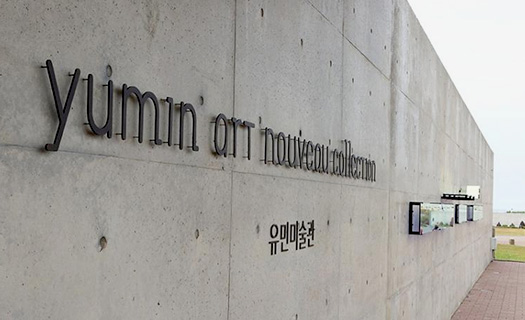
<Yumin Art Nouveau Collection> exhibits the glass craft work
of Ecole de Nancy which Late Jin Gi Hong (Yumin; 1917-1986),
the former chairman of Joongang Ilbo, devotedly collected
over a long period of time.
Art Nouveau of France was a short yet intense movement that struck Europe and
the world from 1890 to 1910s and it emphasized art in everyday life. It naturally
penetrated craft and architecture and attempted to bring art into everyday day
through paintings and decorative art, such as furniture, glass craft, jewelry,
stained glass, and posters. The Art Nouveau style inspired by nature is characterized
by smooth, flexible curves that remind you of plants, such as vines and ivy.
<Yumin Art Nouveau Collection> exhibits the representative pieces of
Ecole de Nancy’s glass craft that boasts both technical and aesthetic values.
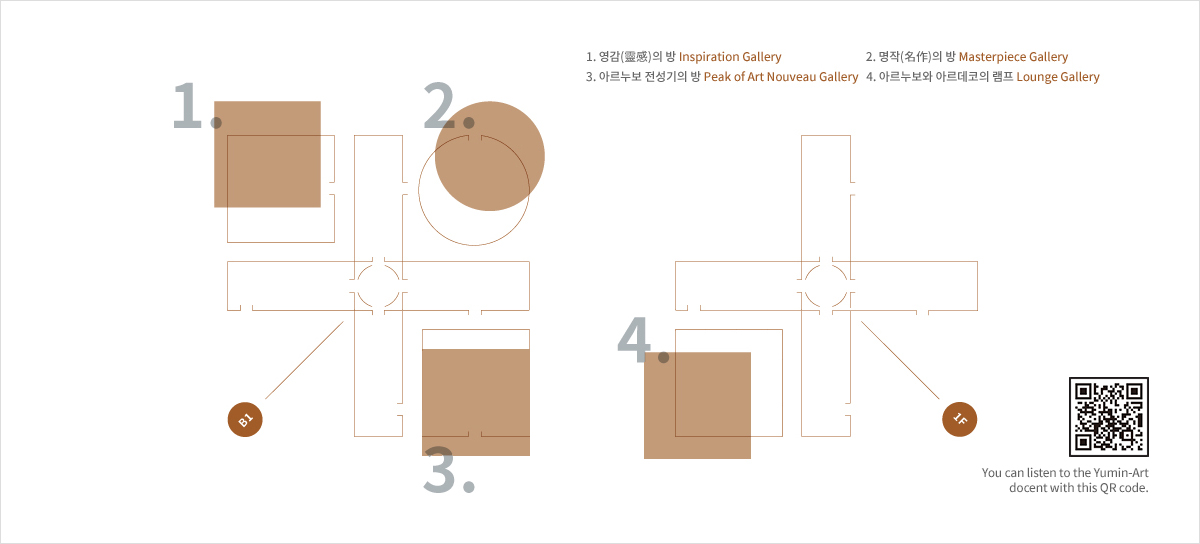
Tour of Exhibition Hall (VR)
-
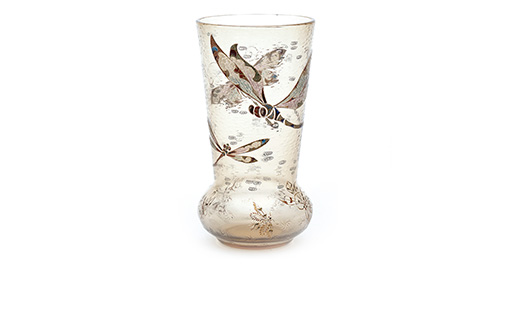
INSPIRATION GALLERY
The aesthetic background of Art Nouveau, France was symbolism which recreated
the vitality of nature through artworks. This perspective of nature was strongly
influenced by Baudelaire, who was the leading symbolist poet of that time.
Like he wrote in a verse of <Correspondence>, Galle observed the symbolic world of
nature with a humble attitude to understand the law of the world, wanting for men
to correspond with nature. Inspiration Gallery is the space most closely related to
‘nature’ and the space that refreshes the audiences’ sentiments and memories. -
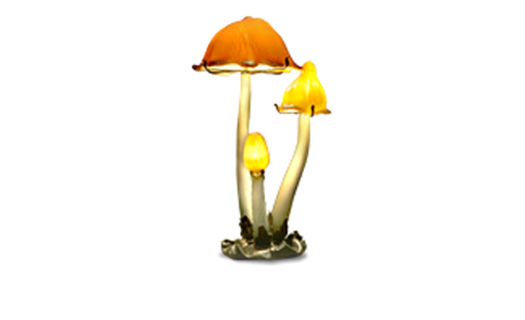
MASTERPIECE GALLERY
Emile Galle (1846~1904) pursued a path different from that of John Ruskin
(1819-1900) or William Morris (1834-1896), the leaders of Art Nouveau
movement, but he did absorb their lessons.
Ruskin’s lesson that all artists must be inspired by nature was a major discourse
for the French Art Nouveau artists.
Galle is an artist who studied nature most closely. Les Coprins, which is
exhibited independently, metaphors the youth, mid-age, and senescence of
men with the change of nature. Emile Galle created four of Les Coprins,
but Yumin Art Nouveau Museum has preserved it in the best condition. -
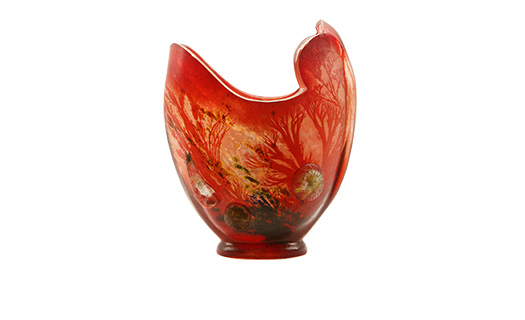
PEAK OF ART NOUVEAU GALLERY
The art movement called Art Nouveau began in Belgium, but it reached
its peak in France.
The Nancy artists such as Galle and the Daum Brothers depicted nature very
realistically to reproduce their feelings of nature and this perspective of theirs was
the unique aspect of French Art Nouveau.
Their innovative craft design revived France’s modern craft and became
the center of French Art Nouveau. -
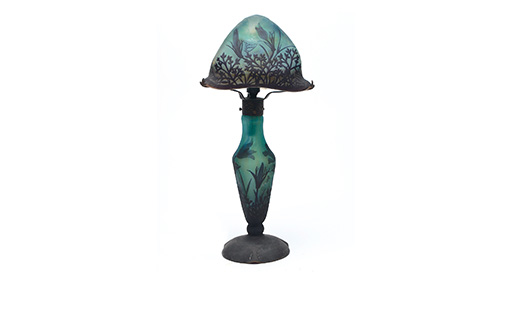
LOUNGE GALLERY
The Daum Brothers’ company succeeded with the electrical lamp designs
borne from the new electrical technology through a partnership with Majorelle,
which was a furniture studio in Nancy. The partnership was made in the early
1890s. With the partnership, the Daum Brothers’ company created an off-white
glass lamp shade and Majorelle combined it with the metal support and stand
with no wires exposed.
Countless lamp designs were created until the partnership ended due to
World War I. The lamps were introduced at various exhibitions and spread
through a lot of catalogues. Lamp design applied the characteristics of glass
in various levels of transparency and the art of fantastic light and many glass
craftsmen challenged it at the transition from Art Nouveau to Art Deco.
Ticket Rates and Discount Policies
| Type | Normal Rates | Hotel Guests | Art Nouveau Package |
|---|---|---|---|
| Adults | {{item.amtList[0].chrgInfo1}} | {{item.amtList[1].chrgInfo1}} | {{item.amtList[3].chrgInfo1}} |
| Minor | {{item.amtList[0].chrgInfo2}} | {{item.amtList[1].chrgInfo2}} |
Discounts
- ※ Minor: Elementary~high school students (7~18 years of age). Free for children under 6.
- ※ Groups: Discounts apply for parties of 15 or more.
Location
Architect

Tadao Ando
Tadao Ando is an architect from Osaka, Japan and known for capturing nature
through exposed concrete structures that represent the material properties of concrete.
He says that architecture should fulfill its aesthetic functions for empathy with nature and experience of
non-mundane spaces beyond its structural functions to protect people from nature.
Tadao Ando designed this building after the primitive nature of Seopjikoji and allows the audiences
to feel Seopjikoji’s water, wind, light, and sounds throughout the building.
Yumin Art Nouveau Museum, nestled in the heart of Seopjikoji, is introduced as one of his major creations along with the Glass House.
